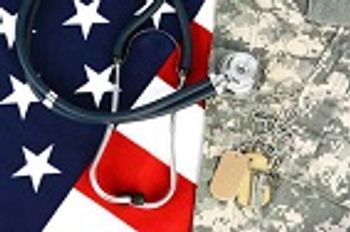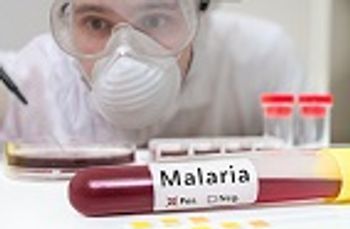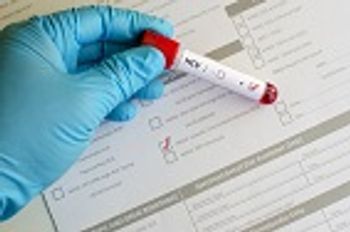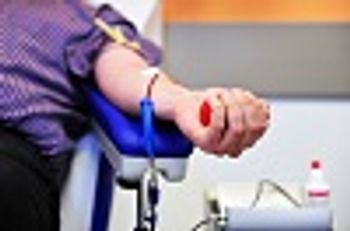
An increase in funding from Congress, in addition to a decrease in drug prices, will allow the VA to finance medical care for all hepatitis C patients, regardless of the stage of the disease, for fiscal year 2016.

An increase in funding from Congress, in addition to a decrease in drug prices, will allow the VA to finance medical care for all hepatitis C patients, regardless of the stage of the disease, for fiscal year 2016.

Two investigational vaccines showed promise to protect against Ebola virus disease, according to data from the phase 2 Partnership for Research on Ebola Vaccines in Liberia (PREVAIL 1) trial.

Researchers from the National Institutes of Health found that PCR-based testing is the most effective diagnostic test to assist with case-patient management during Ebola virus outbreaks in malaria-endemic areas.

People with the human immunodeficiency virus (HIV) are at a higher risk of having hepatitis C (HCV), however, less than two-thirds of patients are being screened regularly.

The blood donor eligibility criteria just got a little more exclusive with the ongoing Zika virus outbreak.

Current epidemic response procedures may change due to the finding that the Ebola virus can persist in wastewater longer than previously believed.

The FDA approved label warning changes for two Gilead Sciences hepatitis C drugs after one person died and nine others had serious reactions when the drugs were coadministered with amiodarone, a drug used to treat irregular heartbeat.

A Philadelphia program operating in underserved neighborhoods found that residents chronically infected with the hepatitis C virus often lacked access to screening as well as treatment for the disease.

In patients with chronic HBV, the immune system may have very low levels of the virus. When reactivation occurs due to immunosuppression, these viruses begin to replicate again. Common symptoms of this event include inflammation of the liver and elevations of liver enzyme levels in the blood. In some cases, bilirubin levels may rise in response to reactivation of infection.

Research has shown that Ebola virus disease (EVD) not only has the power to survive on plastic surfaces and spread through sexual transmission, the disease has also proven to last in another place.

The US Department of Health and Human Services (HHS) plans to spend $2.7 billion in emergency funds to counter the spread of Ebola. Spending categories range from over a half billion dollars for international projects to a half million dollars for regulatory work that includes monitoring for fraudulent Ebola products.

Treatment with a combination of tenofovir and pegylated interferon yielded higher rates of hepatitis B surface antigen (HBsAg) loss than when either drug was used singly. Further, with longer therapy duration improved results.

Patients who have HCV infection are at high risk for arthralgia, myalgias, pruritus, neuropathy, and decompensated livers. Until recently the sole available treatment was interferon. After the US Food and Drug Administration (FDA) approved ribavirin, patients who took ribavirin plus interferon responded better. Now, the FDA has approved a small selection of oral antivirals to treat hepatitis C.

Researchers have found that maintenance treatment with methadone or buprenorphine may help prevent hepatitis C infection among injection drug users, a population with the highest risk of infection of the virus.

The US Senate Finance Committee recently requested detailed pricing information on Sovaldi (sofosbuvir), its breakthrough oral treatment for hepatitis C.

Now that the two American patients infected with Ebola have arrived safely in Atlanta, the US Centers for Disease Control and Prevention has released more information about ZMapp, the experimental medication the patients were treated with before being flown back to the US.

While hundreds of people have died in Africa from the latest outbreak of the Ebola virus, two infected Americans appear to be recovering after receiving doses of an experimental serum that has never been tested in human subjects

Although it is widely understood that hepatitis B virus (HBV) and hepatitis C virus (HCV) are the leading causes of liver cirrhosis and liver cancer, an alarming number of HBV and HCV carriers have unhealthy habits that result in poor liver health.

Scientists have mapped the structure of a hepatitis C virus surface protein that is responsible for binding to host liver cells, leading to virus entry.

Saliva tests for detecting HCV infection may not be the best option for determining infection status.

Study results show hepatic decompensation is more common in people who have both HIV and hepatitis C virus (HCV) compared to those infected only with HCV, an indication that early HCV treatment among coinfected patients is needed.